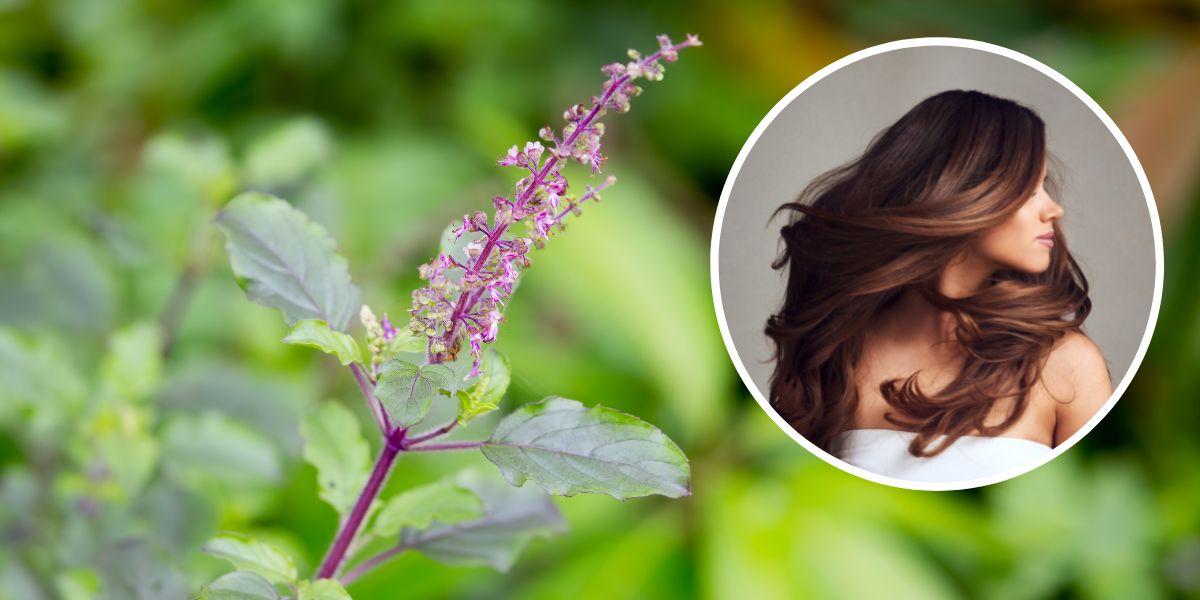Strengthening Your Roots: The Essence of Mountain Pose (Tadasana) in Yoga
The Mountain Pose, or Tadasana, is a fundamental pose in the extensive field of yoga, providing a solid base for practitioners to work from. This position, which has its roots in traditional knowledge, is the key to unlocking a host of physical and mental advantages. The Mountain Pose is a fundamental yoga pose that helps with everything from posture to focus. It also builds strength, stability, and a deep sense of connection to both the self and the outside world. Let’s investigate the transforming potential of this timeless posture and get deeper into its essence.
Understanding the Mountain Pose in Yoga
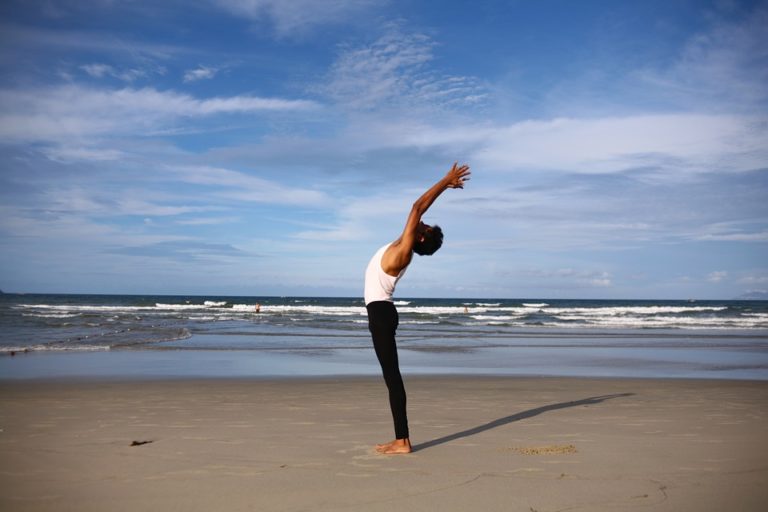
One of the main poses in yoga is called Tadasana, or Mountain Pose. It symbolizes strength, stability, and a profound connection to the earth.
What is the Mountain Pose?
Essentially, the Mountain Pose is all about standing tall, arms relaxed by your sides, and concentrating on deep, regular breathing while keeping your feet planted firmly on the floor. It represents a condition of constant presence and strength, both mentally and physically.
Origins and Significance in Traditional Yoga Practices
The Mountain Pose, which has its roots in ancient yoga traditions, takes it’s inspiration from the stable, majestic posture of mountains in nature. Classical yoga texts describe this base pose, highlighting its importance in developing a balanced body and concentrated mind.
Symbolism and Connection to Nature
Tadasana is a symbolic pose that symbolizes the harmonious connection between the practitioner and the natural world, even beyond its physical form. It inspires people to build a strong bond with nature and find stability in the face of life’s challenges by mirroring the poise of mountains.
Aligning the body, mind, and spirit, the Mountain Pose essentially sets the foundation for a complete yoga practice. Let’s explore in more detail all the benefits that this foundational pose brings to the yogic journey.
Benefits of Mountain Pose in Yoga
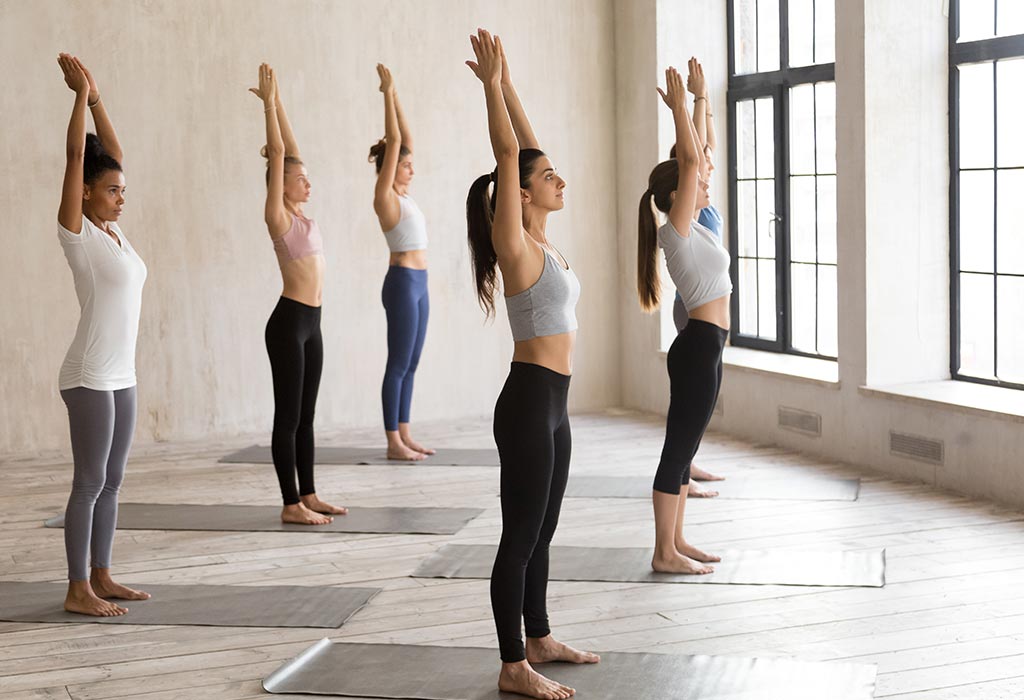
Tadasana, or Mountain Pose, is a fundamental yoga posture with numerous physical and mental health advantages. Let’s examine the many benefits of adding Mountain Pose to your yoga routine:
Improves Posture and Alignment
By aligning the hips, shoulders, and spine, Mountain Pose is a great way to regularly improve bad posture habits. It promotes an upright posture and reduces the pressure on the back muscles by encouraging the spine’s natural curves.
Strengthens Legs, Ankles, and Core Muscles
Engaging the leg muscles, especially the hamstrings, calves, and quadriceps, is necessary to hold the mountain pose. This supports the development of lower body strength and stability, particularly in the ankles. The abdominal muscles are also strengthened when one maintains a stable and strong core while in the pose.
Enhances Concentration and Mental Focus
Maintaining the Mountain Pose in yoga requires the mind to focus and concentrate, which improves mental awareness and clarity. The pose’s meditative aspect helps in mental relaxation and the reduction of tension and anxiety.
Promotes Balance and Stability
Since Mountain Pose demands grounding through the feet and extending through the spine and crown of the head, it’s a great pose for building stability and balance. Regular practice of this posture helps in the development of spatial awareness and proprioception, both of which are necessary for balance.
Encourages Mindful Breathing and Relaxation
It is advised for practitioners to pay attention to their breath when in the Mountain Pose, focusing on the inhales and exhales. This method of conscious breathing eases physical stress, encourages relaxation, and cultivates inner peace and tranquility.
Mountain Pose in yoga is a vital posture for yogis of all skill levels because it provides a comprehensive approach to both physical and emotional well-being.
How to Do Mountain Pose in Yoga
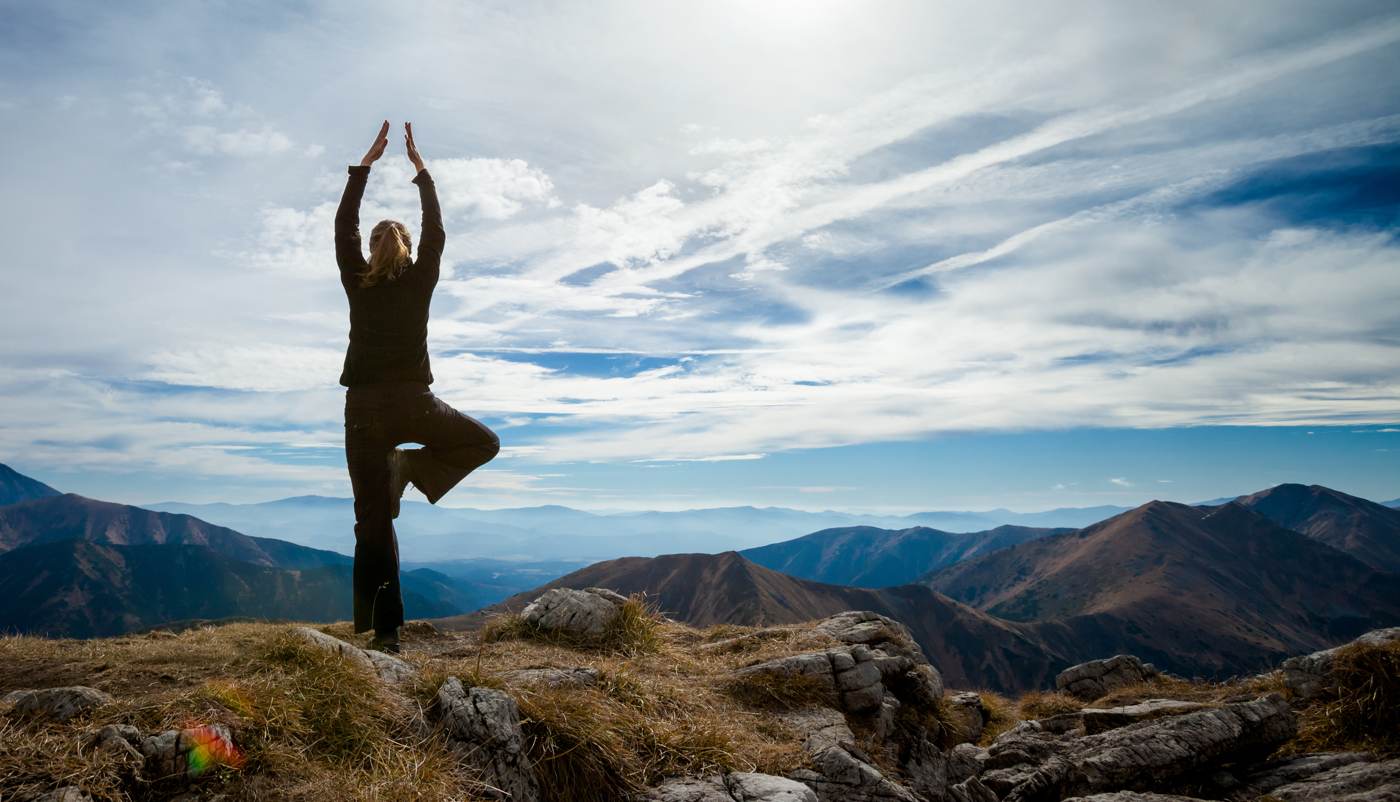
Tadasana, sometimes referred to as mountain pose in yoga, is the base pose from which many other asanas are derived. Here’s a detailed tutorial on how to do Mountain Pose correctly.
Preparing for the Pose: Finding a Stable Foundation
Step forward on your mat, placing your feet hip-width apart. Make sure both feet are firmly planted in the ground by distributing your weight equally across them. To align your pelvis, tuck your tailbone slightly, engage your thighs, and raise your kneecaps.
Alignment Cues: Engaging Muscles and Maintaining Proper Posture
Lengthen your spine, raise your chest, and roll your shoulders down as you inhale. Rest your arms at your sides with your palms facing front. Make your spine longer by using your core muscles and visualizing a string pulling your head’s crown upward.
Breathing Techniques: Syncing Breath with Movement
Keep your breathing steady and deep while in Mountain Pose. Breathe deeply through your nose, opening up your abdomen and chest. Breathe out slowly through your nose to let go of any tension in your body. Keep your body moving gently in rhythm with your breathing to be present and calm.
Modifications and Variations for Different Levels of Practitioners
Modifications for beginners or people with restricted mobility include practicing against a wall for additional support or placing a block between the thighs to activate the inner thigh muscles. Expert practitioners can experiment with several variants, such as raising the arms overhead or deepening the stretch with a backbend.
You can gain several benefits from using Mountain Pose in your yoga practice, such as better posture, more strength and stability, sharper focus and concentration, and a stronger sense of grounding and connection to the land. To reap the benefits of Mountain Pose in yoga and build a solid foundation for your yoga journey, practice it regularly.
Exploring the Mountain Pose: FAQs
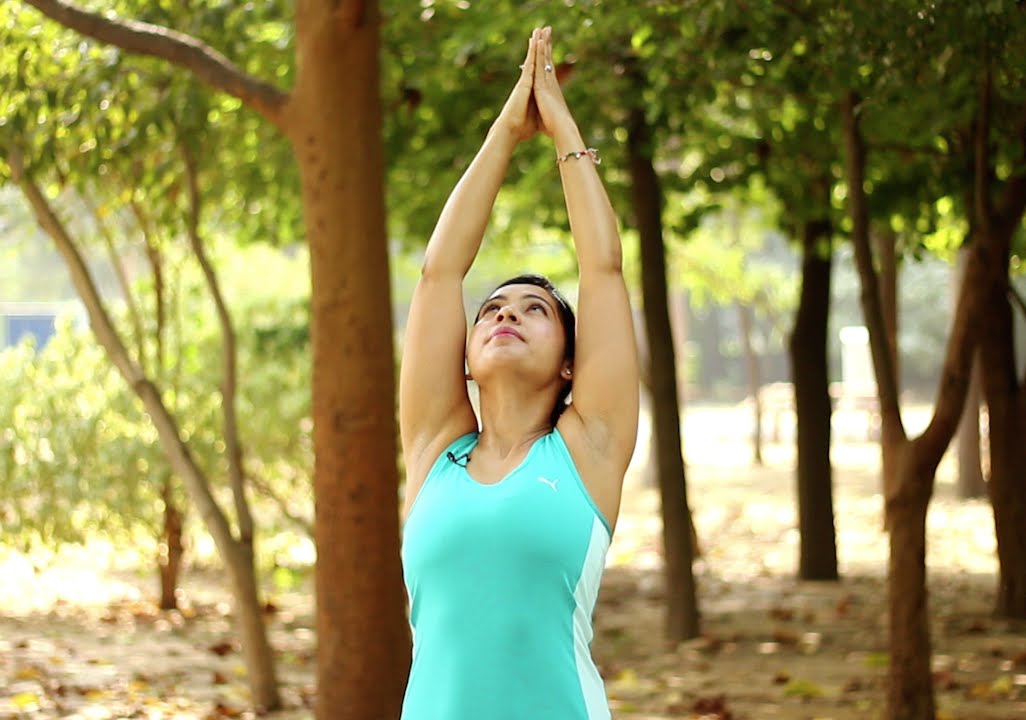
Can anyone practice Mountain Pose, regardless of yoga experience?
Absolutely, anyone can practice Mountain Pose, regardless of their yoga experience. It serves as a fundamental posture suitable for beginners and advanced practitioners alike.
How does Mountain Pose in yoga benefit individuals with posture-related issues?
Mountain Pose in yoga benefits individuals with posture-related issues by improving alignment, strengthening core muscles, and promoting proper spinal alignment, thus aiding in correcting postural imbalances over time.
Is there a recommended time or frequency for practicing Mountain Pose in yoga?
There’s no strict recommendation for the frequency or duration of practicing Mountain Pose in yoga. It can be incorporated into daily routines or yoga sessions as desired.
Can Mountain Pose be incorporated into other yoga sequences or asanas?
Mountain Pose can be seamlessly integrated into various yoga sequences or used as a transition between other asanas to enhance flow and stability.
Are there any contraindications or precautions to consider when practicing Mountain Pose in yoga?
However, individuals with certain medical conditions like recent injuries or chronic pain should consult a healthcare professional before practicing Mountain Pose in yoga. Additionally, those with balance issues should use caution and consider modifications or props for support.
Incorporating Mountain Pose into Your Yoga Practice
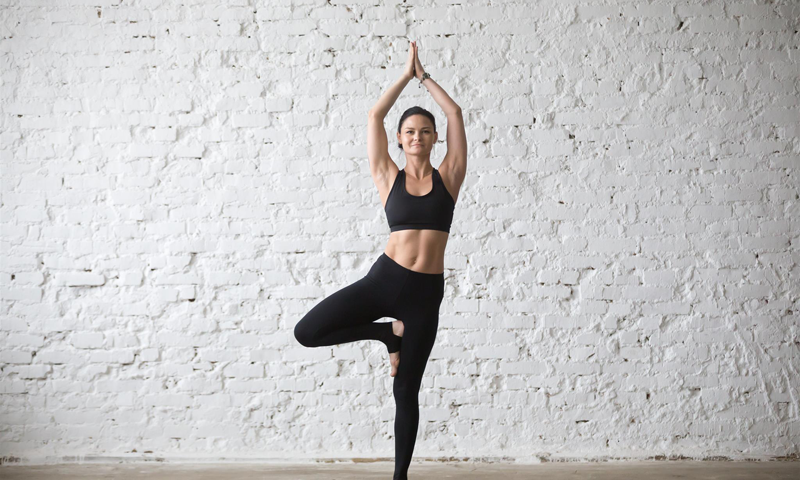
Stand Tall and Rooted: Cultivating a Sense of Stability and Strength
The base is very important in Tadasana, or the Mountain Pose in yoga. Start by placing your feet hip-width apart and firmly planting them on the mat. Lean your chest forward and contract your leg muscles to lengthen your spine. In addition to establishing physical stability, this first step cultivates a sense of inner strength and a connection to the earth.
Mindfulness and Intention: Infusing Each Movement with Awareness
Turn your attention inward as you make the move into the Mountain Pose in yoga. Breathe in rhythm with the soft motions and stay in the present. Posing becomes a holistic experience when mindfulness is used, which promotes calmness and mental clarity.
Integration with Other Asanas: Flowing Seamlessly from Mountain Pose to Other Poses
You can access a variety of yoga sequences from Mountain Pose. Make a smooth transition from Tadasana to subsequent poses, letting the alignment and power developed in Mountain Pose improve the flow of your practice. The benefits are increased by this integration, which also makes your yoga practice flow smoothly.
Ending with Gratitude and Grounding: Reflecting on the Experience and Connecting with the Earth
As your yoga practice comes to an end, go back to Mountain Pose. Think back on your experience in the posture and express your gratitude for the support and strength it gave you. In order to embody the essence of the Mountain Pose in yoga, ground yourself by establishing your connection to the earth below. This will help you feel rooted in a way that goes beyond the physical realm.
By adding these components to your practice, Mountain Pose in yoga becomes a more dynamic and aware experience, which enhances its advantages and your yoga journey as a whole.
Conclusion
In conclusion, Tadasana, or the Mountain Pose in yoga, has numerous health advantages for the body and mind. People can strengthen their muscles, focus more clearly, and improve their posture by engaging in mindful breathing and proper alignment exercises. Including Mountain Pose in your regular yoga practice helps you feel grounded and connected to the land, which enhances your general health. Whether you’re a beginner or an experienced practitioner, you may enhance your yoga practice and develop a greater understanding of the mind-body connection by embracing the simplicity and power of Mountain Pose in yoga.











